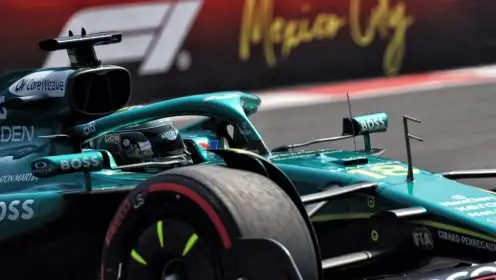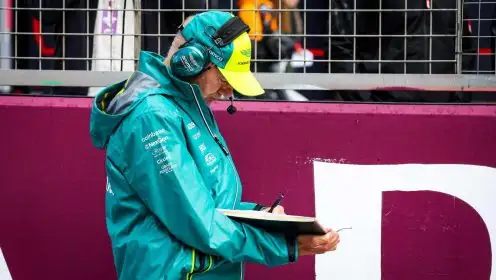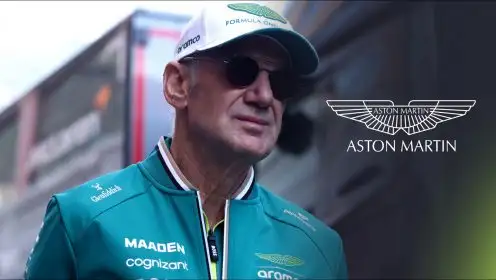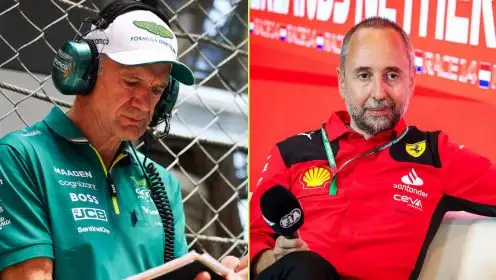Adrian Newey feeling Red Bull ‘deja vu’ as F1 2026 push ramps up
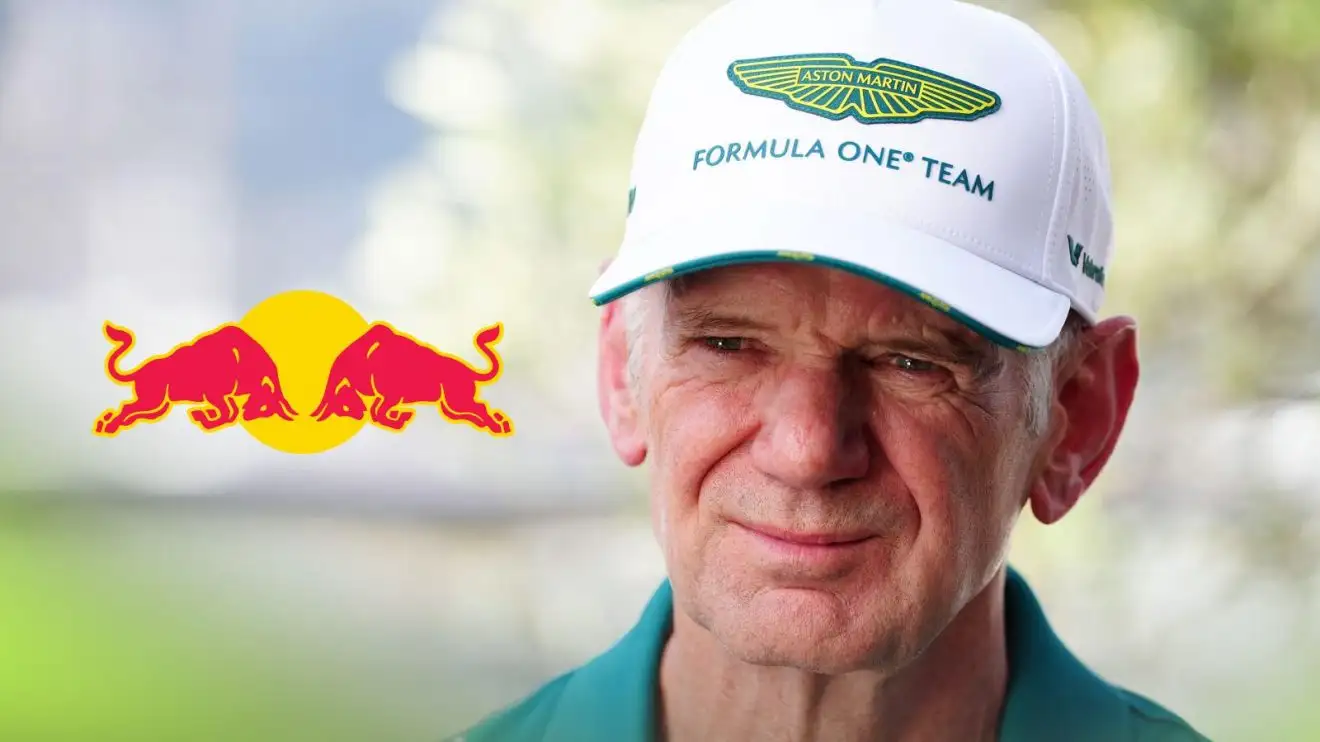
Adrian Newey feels early Red Bull "deja vu" over the Aston Martin team culture
Adrian Newey is continuing his push to prepare Aston Martin for the best possible start to life under the new regulations for F1 2026.
As he continues to learn about the team and its personnel, Newey hinted at a sense of “deja vu” compared to when he arrived at Red Bull, where “complacency” and “lack of self-belief” were among the issues he found.
Adrian Newey on Aston Martin: Red Bull ‘deja vu’ feeling
After his departure from Red Bull, F1 design guru Newey took up the newly-created managing technical partner role at Aston Martin, as well as becoming a team shareholder.
His focus has been on F1 2026, when sweeping changes to the chassis and engine regulations will arrive. Aston Martin is a team which has invested heavily in areas such as a new factory and windtunnel, all with the goal of tasting title glory. Newey has been involved in 26 world title wins across his legendary career.
Via the James Allen on F1 podcast, Newey looked ahead to F1 2026, and delved into his experiences so far at Aston Martin. Asked to compare it to when he arrived at Red Bull in 2006, Newey hinted at a certain familiarity, one which Aston Martin would need to shed before next season.
Minus a strong 2023 campaign which yielded eight podium results, Aston Martin is a team which has largely competed in Formula 1’s midfield.
“I started in March. Difficult to judge,” said Newey in regards to how it’s going so far at Aston Martin.
“Because of this big regulation change, then everybody has a bit of a reset.
“Chances are that the top teams this year will be the top teams next year. But occasionally, there’s a bit of disruption, let’s say.
“It happened the last time there was a big regulation change to an extent in 2009, where Ferrari and McLaren, who were the big ones in 2008, floundered, and Brawn and Red Bull came forwards. So it does happen, but by and large, the same teams kind of tend to keep on at the top.
“But I think the main point is that you ask, how’s it going? The honest truth is I’ve got no idea. Because it’s this reset, you don’t know whether you’re doing good, bad or indifferently relative to the opposition, because you have no knowledge of what they’re doing.
“But I think also on the how’s it going question, I think this is also the culture thing.
“So Red Bull, when I started, was the ashes of Team Jaguar, that had been under Ford management for many years and had never had any significant success, and so, people had started to lose belief that they could ever win a race.
“Once you stop believing that you can do that, then, everything goes wrong, because complacency sets in, laziness sets in, lack of self-belief creeps in. If you’re not careful, blame culture can set in as well. And so that was quite a difficult thing to overturn at Red Bull.
“I won’t say too much, but there is a bit of deja vu at the moment.”
More on Adrian Newey from PlanetF1.com
👉 Adrian Newey and Enrico Cardile: Meet F1’s new double act at Aston Martin
👉 How Aston Martin is avoiding Adrian Newey clash with key Ferrari hire
Newey offered a fascinating insight into the three departments which make up a Formula 1 team, as he highlighted uniting and optimising them as the “key” for success at Aston Martin.
Known for his trusty notebook, and a preference for pen and paper, Newey revealed what he sees as a glaring pitfall when it comes to reliance on modern F1 technology.
“As teams have got bigger, then of course, communication becomes more and more of a challenge,” he said.
“Any Formula 1 team is similar in as much as you have three departments: aerodynamics, mechanical design, and what’s loosely called vehicle dynamics, which tends to also include all simulation work. The race team, the race engineers, tend to be under the guise of vehicle dynamics.
“So how you get those three departments to work together is absolutely key, because the car needs to be a holistic product. It’s no good if you have a car that’s aerodynamically very, very good, but say the structure isn’t stiff enough to carry that aerodynamic load.
“Then it won’t be good if the vehicle dynamics side of it… In terms of your research, initially, where a lot of our research is mathematical simulation-based, because we don’t have much testing time now, the time we can actually develop cars under testing is very, very limited, so you have to do everything through simulation.
“So getting those models right is key, but of course, also having a degree of overview and almost scepticism of that modelling, because modelling, almost by definition, is going to not be 100 per cent correct. It’s going to have errors in it, and it’s trying to be cognitive, through experience in part, of what those errors can be and how you avoid being sucked into just believing the numbers.
“Because I think more and more as the teams get bigger, people are not questioning enough. They believe what a computer spews out, a set of results, and they automatically believe in that, and they don’t question the fact… You can’t blame a flipping computer, it’s what you’ve put into it, but if you haven’t put the right things in, you can’t expect the right things out.
“And that, I think, is something that we are increasingly becoming complacent to and making mistakes as a result.”
Aston Martin will continue with the same driver line-up of Fernando Alonso and Lance Stroll for F1 2026.
Read next: ‘Unique’ Adrian Newey impact as triple Aston Martin role uncovered


